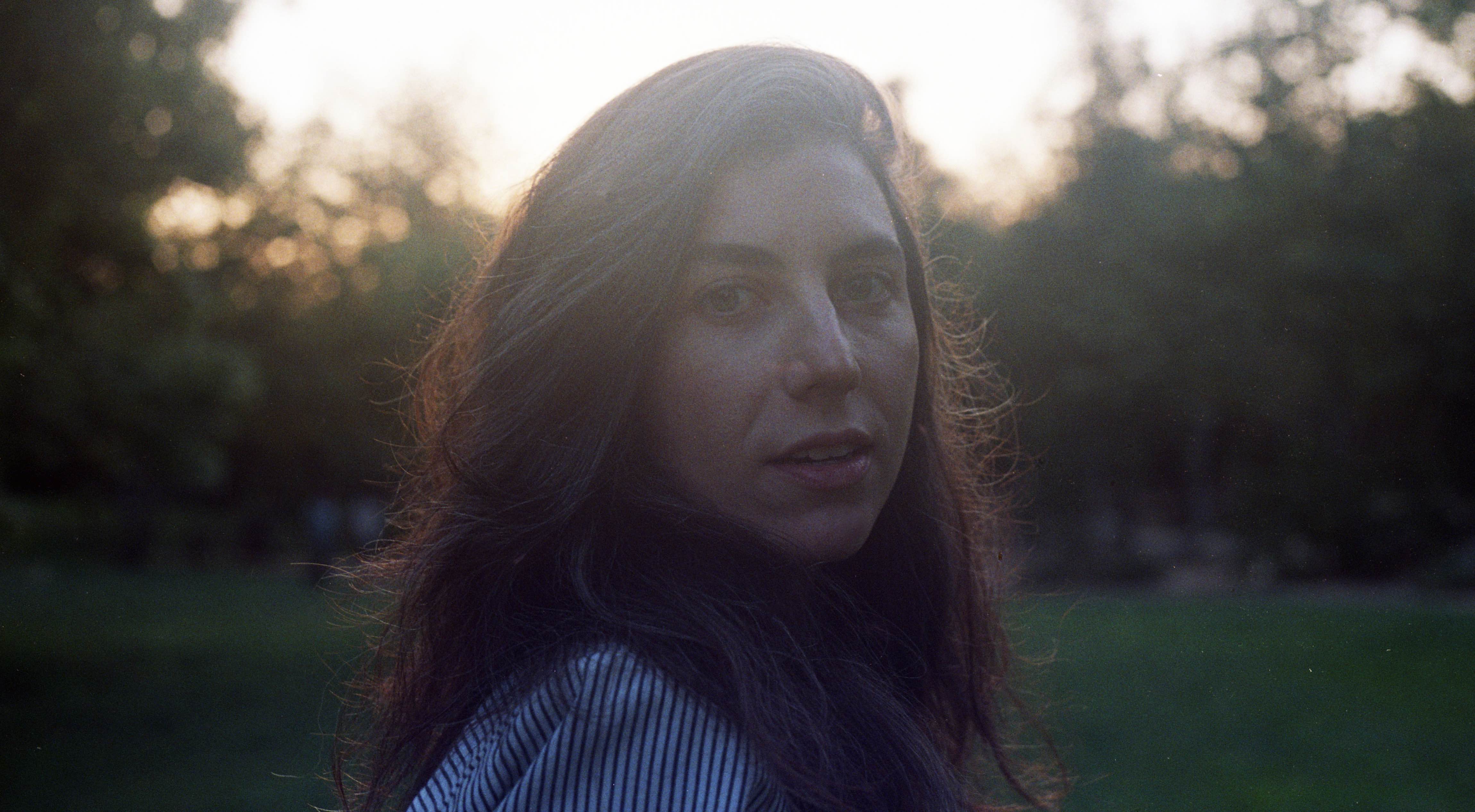What do words do when they don’t signify meaning? Are they merely naked blocks of sound, or do they allow for new plane of translation to be born? When I get on the phone with the industrious Julia Holter, these are the initial questions clawing at my brain. Considering the density of her latest album, of both cinematic length and achievement, it seems impossible to discuss her work in twenty minutes. Aviary is a 3D printer gone rogue, creating subterranean caves of harrowing percussion and mountainous waves of synth embellishment. Both her music and its lyrical content are expansive and unexpected. By the time our chat is over, my preliminary philosophical wolves are more ravenous than ever.
Across a ninety-minute run time, Holter doesn’t use lyrics as conventional language on Aviary. She is communicating something, but nothing in the traditional sense, nor in the colloquial one. “I was letting the words sometimes have sound preference over meaning,” she explains. “Then, in the end, you also get meaning and it can be kind of mysterious and more surreal and bring up new images that you wouldn’t have thought of. For me, that is the fun of language working within a song—it kind of isn’t a song. You’re using language, but it’s not language. The outcome is something different.”
Aviary, named after a line from an Etel Adnan short story, at times embodies the cacophonous tornado of sound one might hear in a gigantic birdhouse. Some birds mimic calls and human speech in order to gain attention or to fit in with a flock—not dissimilar to how we use social media in our daily lives. Like an overactive community of parrots burying each other in squawks, Aviary was in part inspired by the resulting hysteria from a constant regurgitation of words. With an excess of communication via the Internet, some words are starting to lose their meaning. “We’re not communicating well—people are just constantly spewing out words,” she says.
“That is the fun of language working within a song—it kind of isn’t a song. You’re using language, but it’s not language. The outcome is something different.”
When making the album, improvisations in melody encouraged the initial spawning of gibberish, sometimes with real words and sometimes with complete nonsense. “Whether or not they tend to to be the right words for the song is not super important initially,” she says. Holter uses her voice fundamentally, searching for connection rather than strict communication. She’s getting closer to the empathic power of sound. (All this makes stressing over the precise vernacular of a tweet seem silly and unnecessary.) Holter is a resolute believer that music is not a language, which is why it’s so freeing.
From medieval organization of memory to poems by Aleksandr Pushkin, Holter’s inspirational materials are vast; when finding texts that she connects with, she adds them to her work on an impulse. And although people write about her substantial library of references, she doesn’t categorize them as such. To her, they’re not of immense importance when understanding or enjoying her music.
“Art is always about these translations of experiences. And like folk songs you borrow, traditional songs are always passed down orally—people change them over time. I just think that that’s what art is, in a way,” she says. “I am doing this in this current world where I want to pay respect to everything that I am quoting, obviously. But then what happens is that people focus on it. The sound is what comes first and is most important to me, always.” FL









